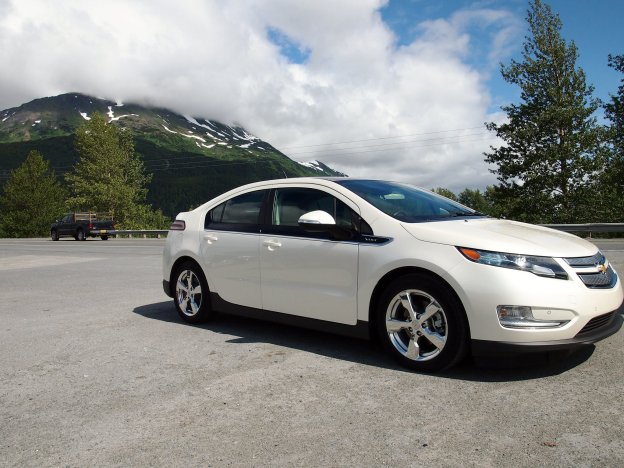
It seems that the Obama administration has brought months of negotiations with automakers on new fleet-wide MPG targets to an amicable close. The new CAFE, or corporate average fuel economy, standard to be announced today requires automakers’ entire fleet average 54.5 miles per gallon by 2025.
It’s slightly less than the administration’s original target of 56.2 miles per gallon, which received a whole mess of criticism from both lawmakers and the auto producers themselves. Automakers protested because a major factor in increasing fuel economy is building lighter cars, which requires the use of expensive materials that won’t necessarily get cheaper over time like technology tends to. Automakers are thus worried that, in order to keep prices acceptable to consumers, they’ll be struggling along with razor-thin margins.
Of course, there are other ways to cut costs, and that’s why lawmakers complained. Legislators from states with lots of auto production decried the proposed standard because of its possibility to lead to layoffs. The United Auto Workers union was also quite vocal that it was worried about the higher standard affecting the work force.
However, following the decision to lower the target slightly, everyone involved seems at least outwardly at peace, with General Motors, Ford, Chrysler, Toyota and Honda all signing off on the plan. CAFE standards already are set at 35.5 mpg by 2016, but that’s still a far cry from 54.5 mpg by 2025. The thing to remember is the CAFE standards include the automakers’ entire consumer fleets, so for every electric car claiming absurd mpg numbers, there’s a big honking truck to balance out the average, although heavy duty trucks, that generally only have commercial purposes, are excluded. With studies showing that passenger vehicles use about 44 percent of the nation’s oil and account for 20 percent of its carbon emissions, the new standards have potential for a lot of impact.
What does it all mean? Well, the administration argues that consumers will pay less at the pump, while automakers say they’ll spend more at the dealership, but while both seem plausible, neither is guaranteed. The most likely changes consumers will see will be a shift towards smaller, lighter cars with an increased array of hybrid, electric, forced induction and diesel engine options.


